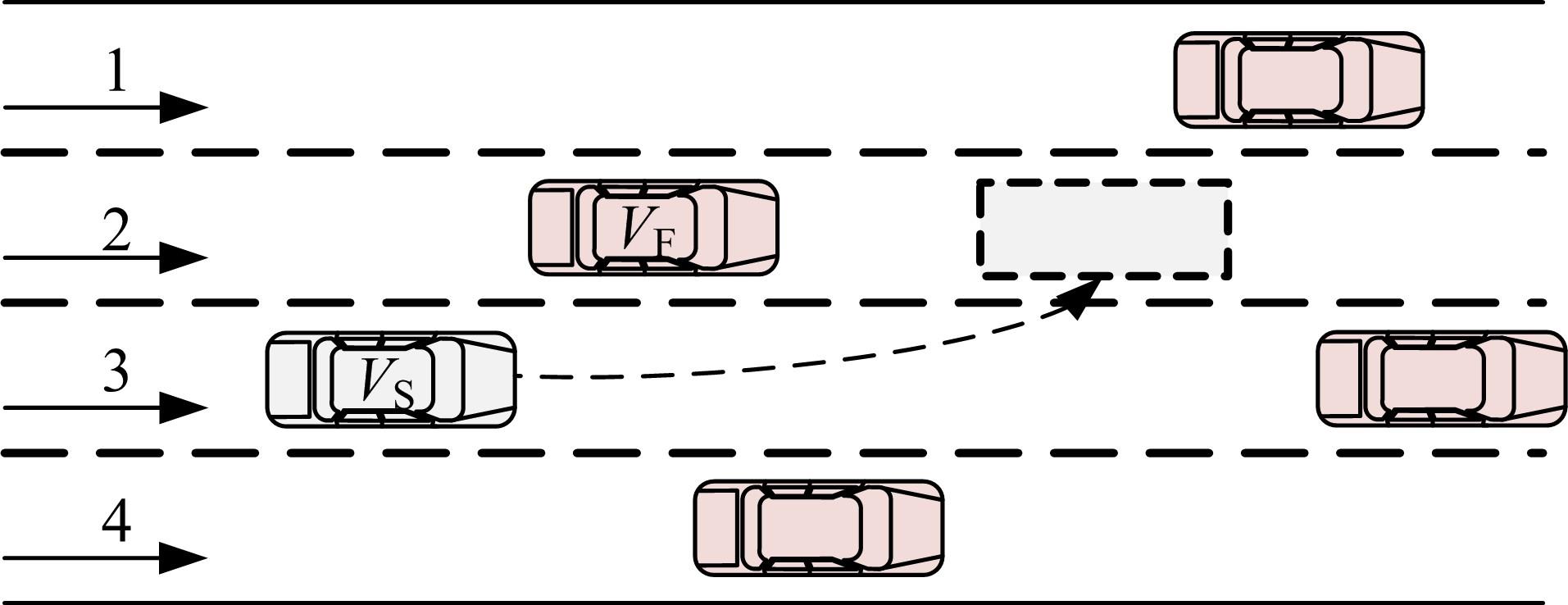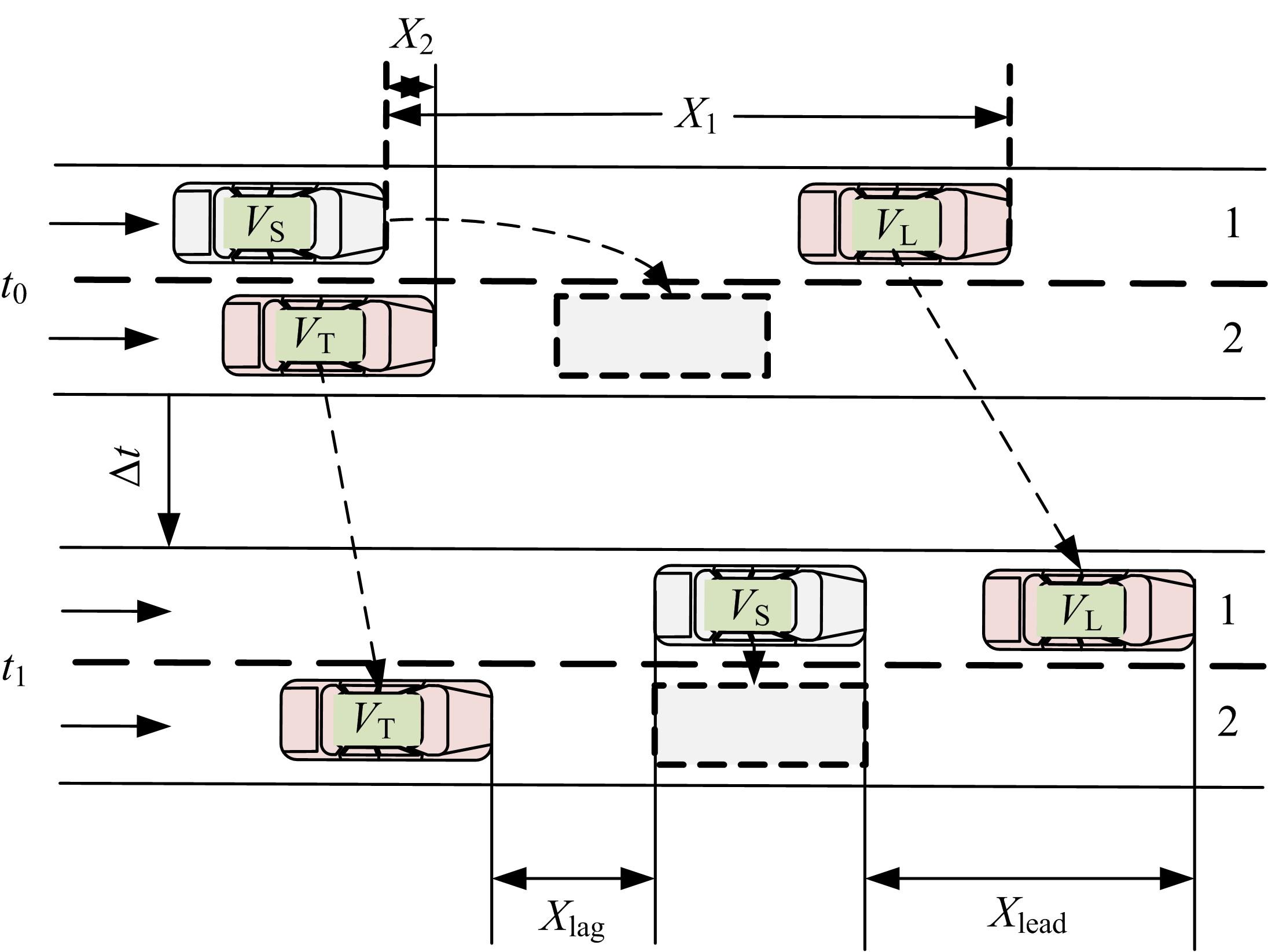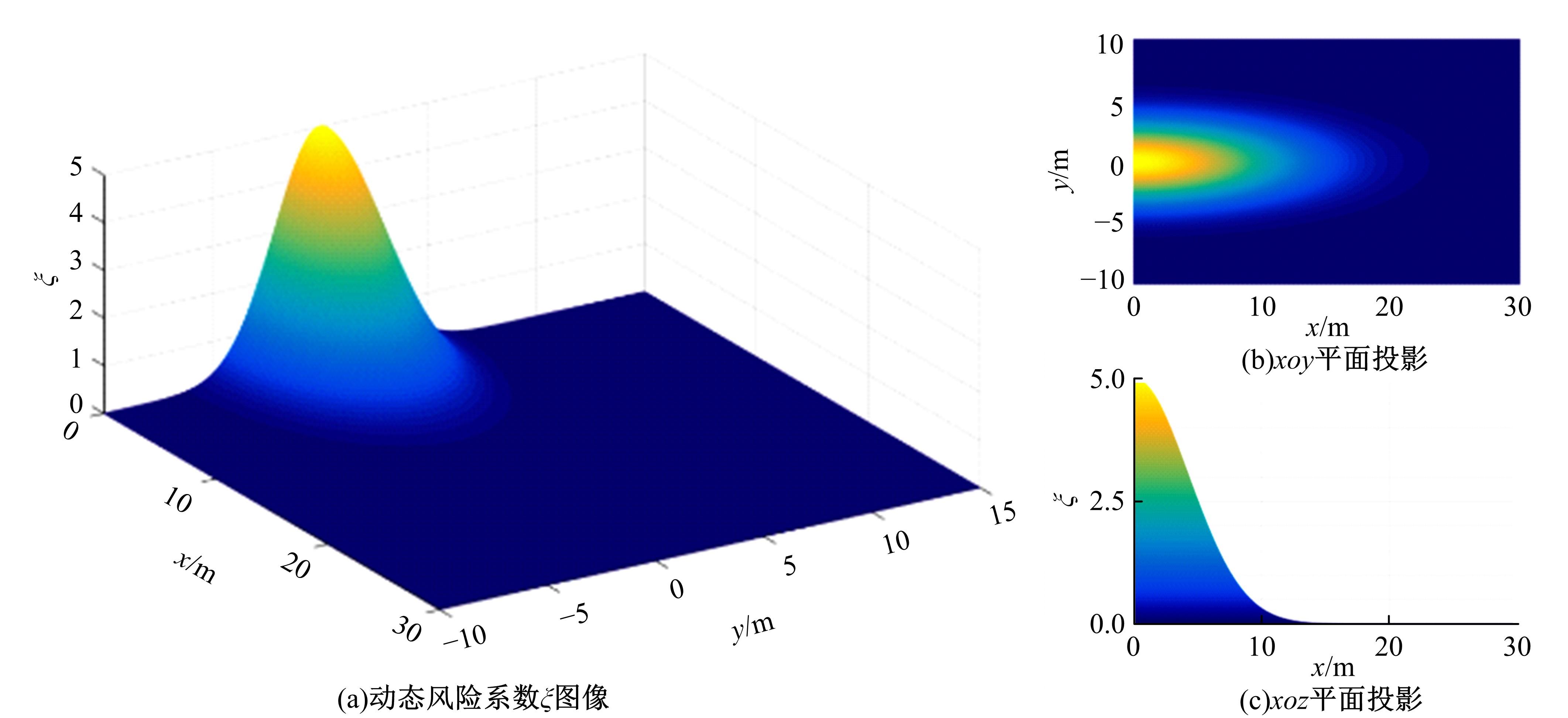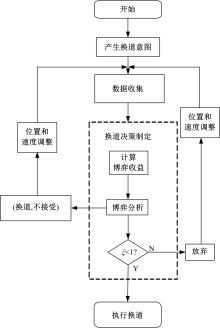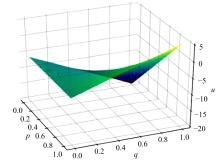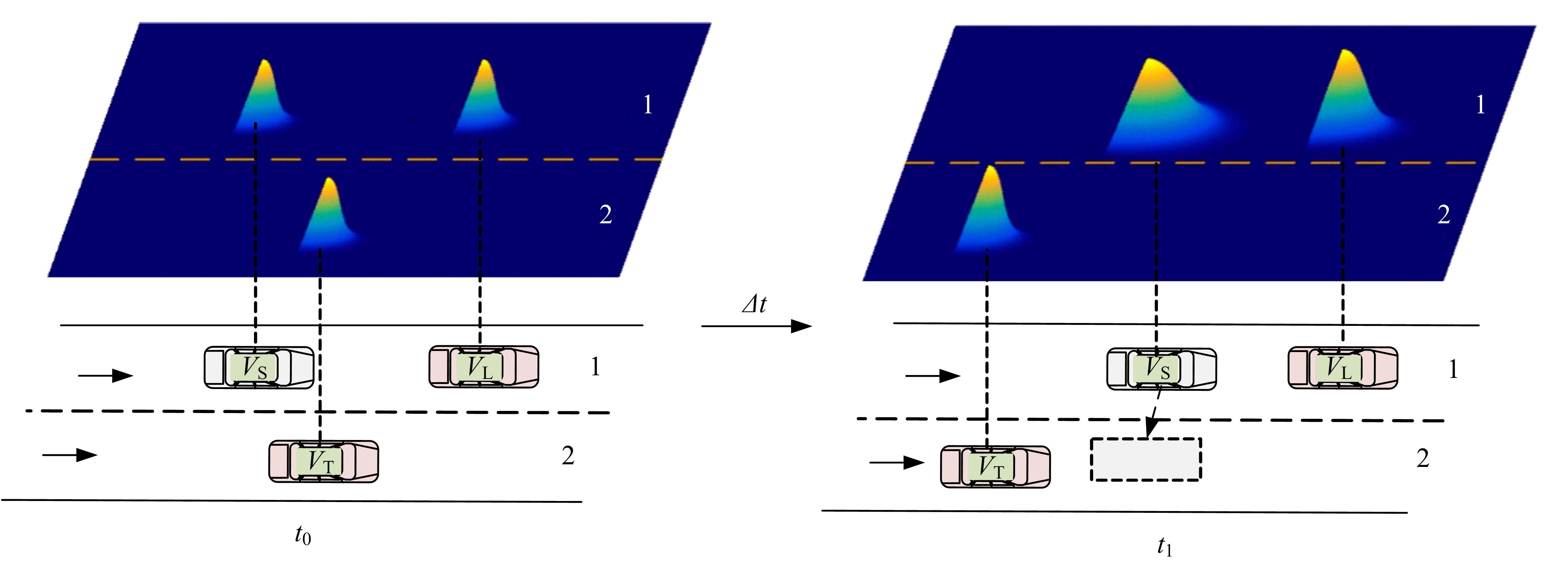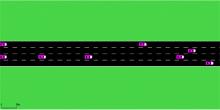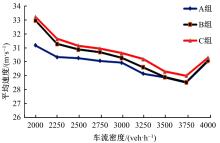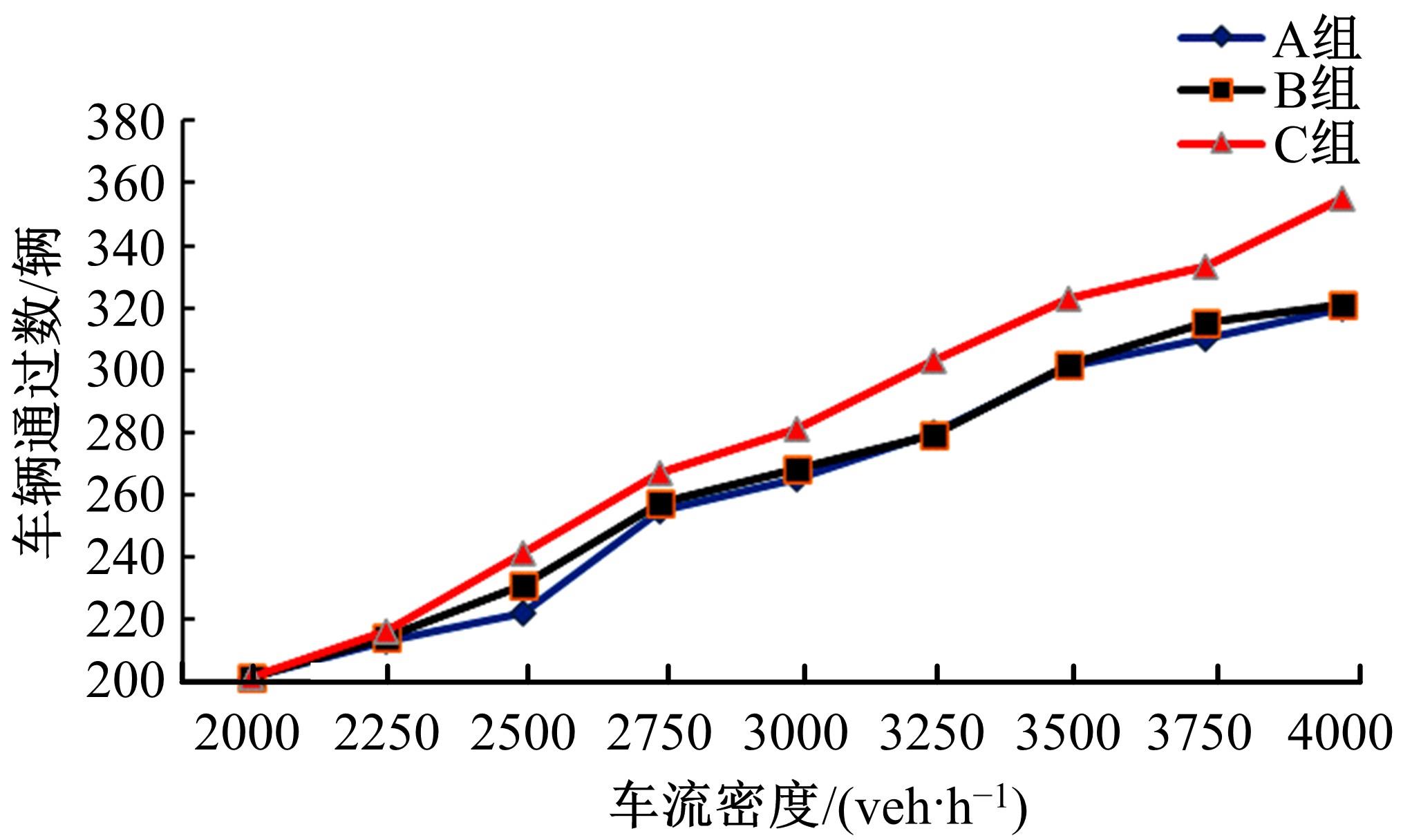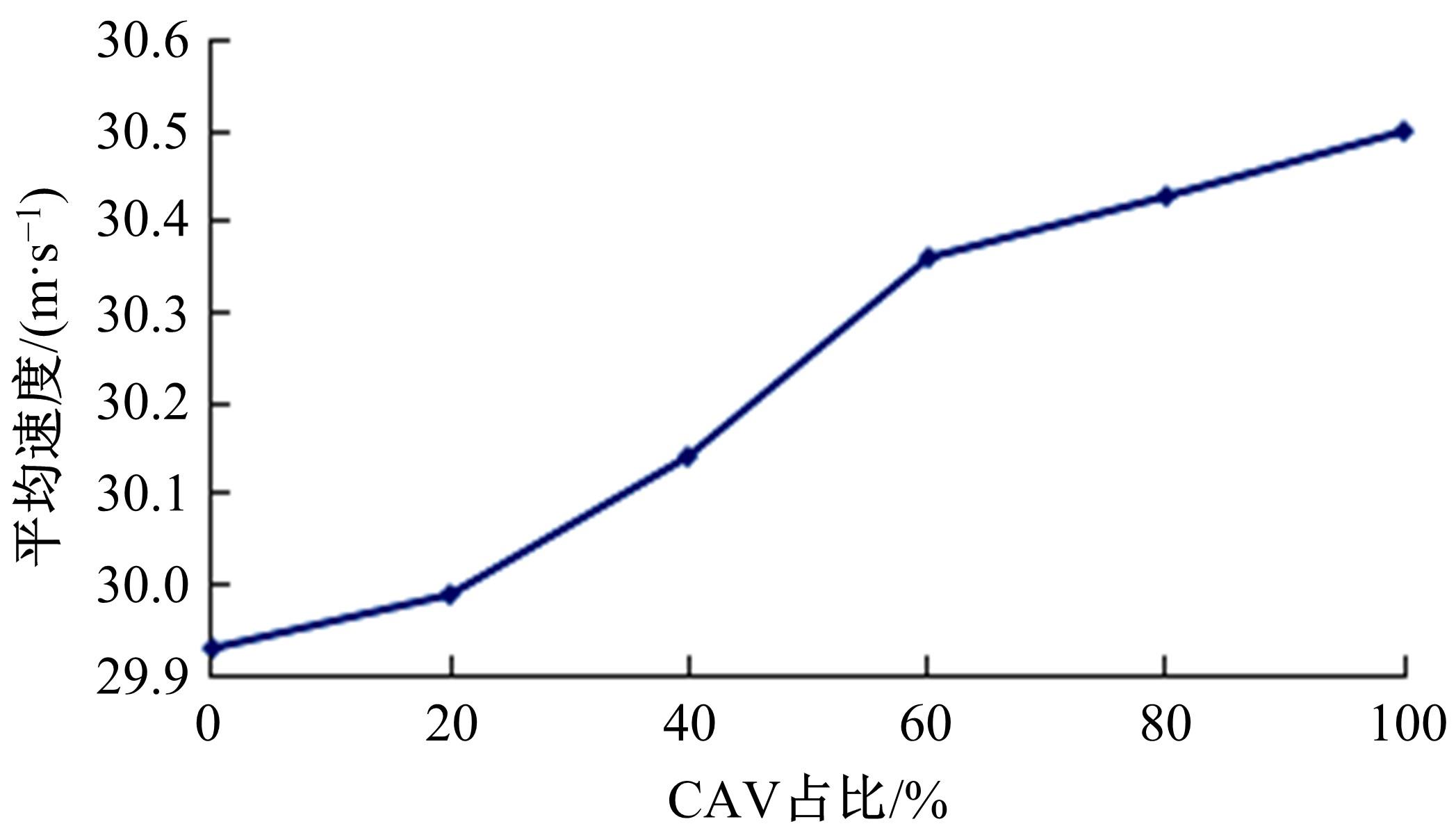Journal of Jilin University(Engineering and Technology Edition) ›› 2022, Vol. 52 ›› Issue (1): 101-109.doi: 10.13229/j.cnki.jdxbgxb20200796
Game behavior and model of lane-changing on the internet of vehicles environment
Da-yi QU( ),Kai-xian HEI,Hai-bing GUO,Yan-feng JIA,Tao WANG
),Kai-xian HEI,Hai-bing GUO,Yan-feng JIA,Tao WANG
- School of Mechanical and Automotive Engineering,QingDao University of Technology,Qingdao 266520,China
CLC Number:
- U491.2
| 1 | 黎宇科, 刘宇. 国内智能网联汽车发展现状及建议[J]. 汽车与配件, 2016, 2016(41): 56-59. |
| Li Yu-ke, Liu Yu. Development status and suggestions of domestic intelligent connected cars[J]. Automobile& Parts technology, 2016(41): 56-59. | |
| 2 | Gipps P G. A model for the structure of lane changing decisions[J]. Transportation Research Part B: Methodological, 1986, 20(5): 403-414. |
| 3 | 邹智军, 杨东援. 微观交通仿真中的车道变换模型[J]. 中国公路学报, 2002,15(2): 108-111. |
| Zou Zhi-jun, Yang Dong-yuan. Lane changing model for micro traffic simulation[J]. China Journal of Highway and Transport,2002,15(2):108-111. | |
| 4 | 王荣本, 游峰, 崔高健,等. 车辆安全换道分析[J]. 吉林大学学报:工学版, 2005,35(2): 179-182. |
| Wang Rong-ben,You Feng,Cui Gao-jian, et al. Analysis on lane-changing safety of vehicle[J]. Journal of Jilin University(Engineering and Technology Edition), 2005,35(2): 179-182. | |
| 5 | Jula H, Kosmatopoulos E B, Ioannou P A. Collision avoidance analysis for lane changing and merging[J]. IEEE Transactions on Vehicular Technology, 2000, 49(6): 2295-2308. |
| 6 | Hidas P. Modelling lane changing and merging in microscopic traffic simulation[J]. Transportation Research Part C Emerging Technologies, 2002, 10(5): 351-371. |
| 7 | 曲大义, 李娟, 刘聪, 等. 基于分层Logit模型的车辆换道行为研究[J]. 科学技术与工程, 2017, 17(5): 307-311. |
| Qu Da-yi, Li Juan, Liu Cong, et al. Research on vehicle lane changing behavior based on hierarchical Logit model[J]. Science Technology and Engineering, 2017, 17(5): 307-311. | |
| 8 | Toledo T, Koutsopoulos H N, Ben-Akiva M. Estimation of an integrated driving behavior model[J]. Transportation Research Part C: Emerging Technologies, 2009, 17(4): 365-380. |
| 9 | 曲大义, 杨建, 邴其春, 等.车辆交互行为与车流特性及控制优化[M]. 北京:科学出版社, 2020. |
| 10 | Worrall R D, Bullen A G. An empirical analysis of lane changing on multilane highways[R]. Washington: Highway Research Board, 1970. |
| 11 | 曲大义, 邴其春, 贾彦峰, 等. 基于分子动力学的车辆换道交互行为特性及其模型[J]. 交通运输系统工程与信息, 2019, 19(3): 68-74. |
| Qu Da-yi, Bing Qi-chun, Jia Yan-feng, et al. Molecular dynamics characteristics and models of vehicle lane changing interaction behavior[J]. Journal of Transportation System Engineering and Information Technology, 2019, 19(3): 68-74. | |
| 12 | Kitah W. A merging-giveway interaction model of cars in a merging section: a game theoretic analysis[J]. Transportation Research, Part A (Policy and Practice), 1999, 33(3/4):308-312. |
| 13 | Talebpour A, Mahmassani H S, Hamdar S H. Modeling lane-changing behavior in a connected environment: a game theory approach[J]. Transportation Research Part C, 2015,59(7):420-440. |
| 14 | Bell M H. A game theory approach to measuring the performance reliability of transport networks[J]. Transportation Research Part B Methodological, 2000,34(6): 533-545. |
| 15 | Drew F, Jean T. Game Theory[M]. 北京:中国人民大学出版社, 2010. |
| [1] | Zhi-wei LIU,Jian-rong LIU,Wei DENG. Travelers′ choice behavior of autonomous vehicles based on latent class [J]. Journal of Jilin University(Engineering and Technology Edition), 2021, 51(4): 1261-1268. |
| [2] | Jin XU,Cun-shu PAN,Jing-hou FU,Jun LIU,Dan-qi WANG. Speed behavior characteristic on typical driving scenarios and along switched scenarios [J]. Journal of Jilin University(Engineering and Technology Edition), 2021, 51(4): 1331-1341. |
| [3] | Wei-xiong ZHA,Qi-yan CAI,Jian LI,Li-xin YAN. Optimization of offset of urban arterial signal coordination under condition of vehicle entry and exit on side road [J]. Journal of Jilin University(Engineering and Technology Edition), 2021, 51(2): 565-574. |
| [4] | ZHANG Wei-wei, HE Jia-feng, GAO Guo-wang, REN Li-li, SHEN Xuan-jing. Wireless Mesh network routing and channel allocation union optimization algorithm based on game theory [J]. 吉林大学学报(工学版), 2018, 48(3): 887-892. |
| [5] | ZHANG Wei-wei, HE Jia-feng, GAO Guo-wang, REN Li-li, SHEN Xuan-jing. Routing and channel allocation union optimization in hybrid wireless mesh network [J]. 吉林大学学报(工学版), 2018, 48(1): 268-273. |
| [6] | SUN Yi-xuan,SHAO Chun-fu,YUE Hao,ZHU Liang. Urban traffic accident severity analysis based on sensitivity analysis of support vector machine [J]. 吉林大学学报(工学版), 2014, 44(5): 1315-1320. |
| [7] | FENG Jian-xin, WANG Ting-feng, GUO Jin. Iterative robust filtering for uncertain systems with missing measurements [J]. 吉林大学学报(工学版), 2014, 44(4): 1057-1061. |
| [8] | CONG Li, ZHANG Hai-lin, LIU Yi, ZHAO Li-qiang, ZHANG Guo-peng. Particle swarm optimized game theory for resource allocation in cooperative networks [J]. 吉林大学学报(工学版), 2012, 42(01): 207-212. |
| [9] | LIN Ci-yun,GONG Bo-wen,ZHAO Ding-xuan, YANG Zhao-sheng. Interregional traffic signal coordination control under sudden disaster based on game theory [J]. 吉林大学学报(工学版), 2011, 41(05): 1257-1261. |
| [10] | DONG Hong-hui,SUN Xiao-liang,JIA Li-min,QIN Yong. Multimode traffic volume prediction model [J]. 吉林大学学报(工学版), 2011, 41(03): 645-649. |
| [11] | WANG Dian-hai,QI Hong-sheng. Road travel time under signal control [J]. 吉林大学学报(工学版), 2010, 40(03): 655-0660. |
| [12] | LIU Yan,GAO Qing,HUANG Yong,Yü Ming,ZHANG Zhong-jin. Seasonal running performance in hydronic ice-snow melting on road by using the earth energy [J]. 吉林大学学报(工学版), 2010, 40(01): 72-0076. |
| [13] | JIANG Gui-yan,WU Chao-teng. Link segmenting model of road network for the travel time collection based on GPS [J]. 吉林大学学报(工学版), 2009, 39(增刊2): 177-0181. |
| [14] | Jiang Guiyan, Zheng Zuduo, Bai Zhu, Dai Leilei, Zhao Jiaqi. Simulationbased assessment of variable message signs route guidance information under congestion condition [J]. 吉林大学学报(工学版), 2006, 36(02): 183-0187. |
| [15] | Yu Dexin,Yang Zhaosheng,Wang Yuan,Sun Jianping. Urban Road Traffic Control System and Its Coordinate Optimization Based on MultiAgent System [J]. 吉林大学学报(工学版), 2006, 36(01): 113-0118. |
|
||

